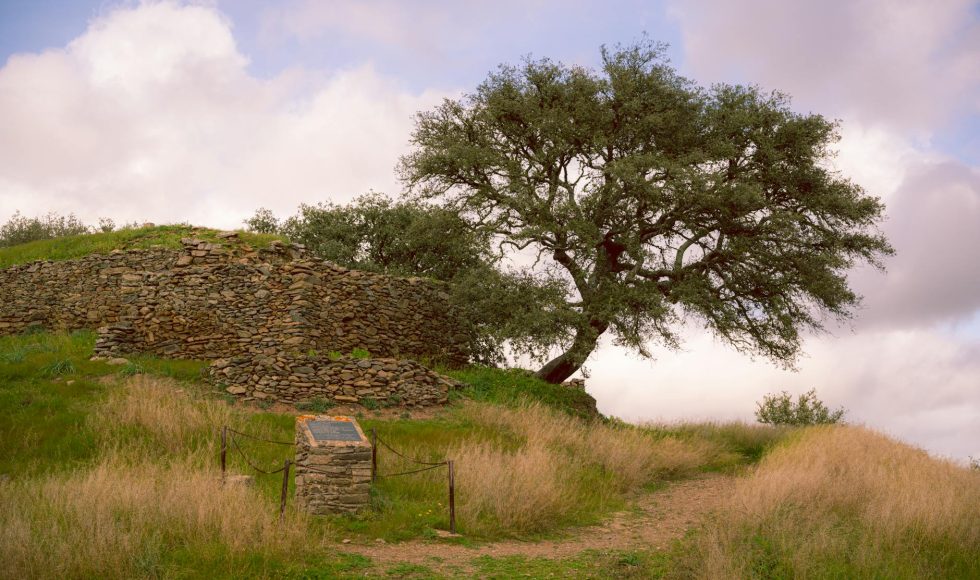Vania Costa from Oxford Nanopore Technologies has recorded several Master Classes and sessions with ONT. I watched the London Calling 2019 session “The fever tree: extracting and preparing the DNA of Cinchona pubescens.” This plant produces quinine that is used for malaria and fever treatment. The team wanted to sequence the Cinchona genome to learn which species produces more quinine. Costa obtained samples, extracted DNA and RNA with both commercial kits and non-commercial methods and performed quality control. Quality control was performed with Qubit, nano spectrophotometer, and Agilent TapeStation for RNA Integrity Numbers. For DNA, they use the Femto-Pulse to obtain fragment size information. Costa used several different methods to extract DNA from Cinchona pubescens. The Nucleospin and QIAGEN Genomic Tip purifications produced long reads and good yields. Both methods involved grinding 1g of leaf frozen at minus 80. For the Genomic Tip method, Costa also used the Circulomics Short Read Eliminator kit to remove smaller fragments. Costa also validated using the VolTRAX. The N50 varied with Nucleospin, producing an N50 of ~8 kb, and the Genomic Tip with Short Read Eliminator ~ 48 kb. At London Calling 2019, they performed live sequencing. Learning how they approached comparing different kits, flow cells, and devices was useful. Costa also used the Carlson Buffer for lysis, which I want to learn about.



